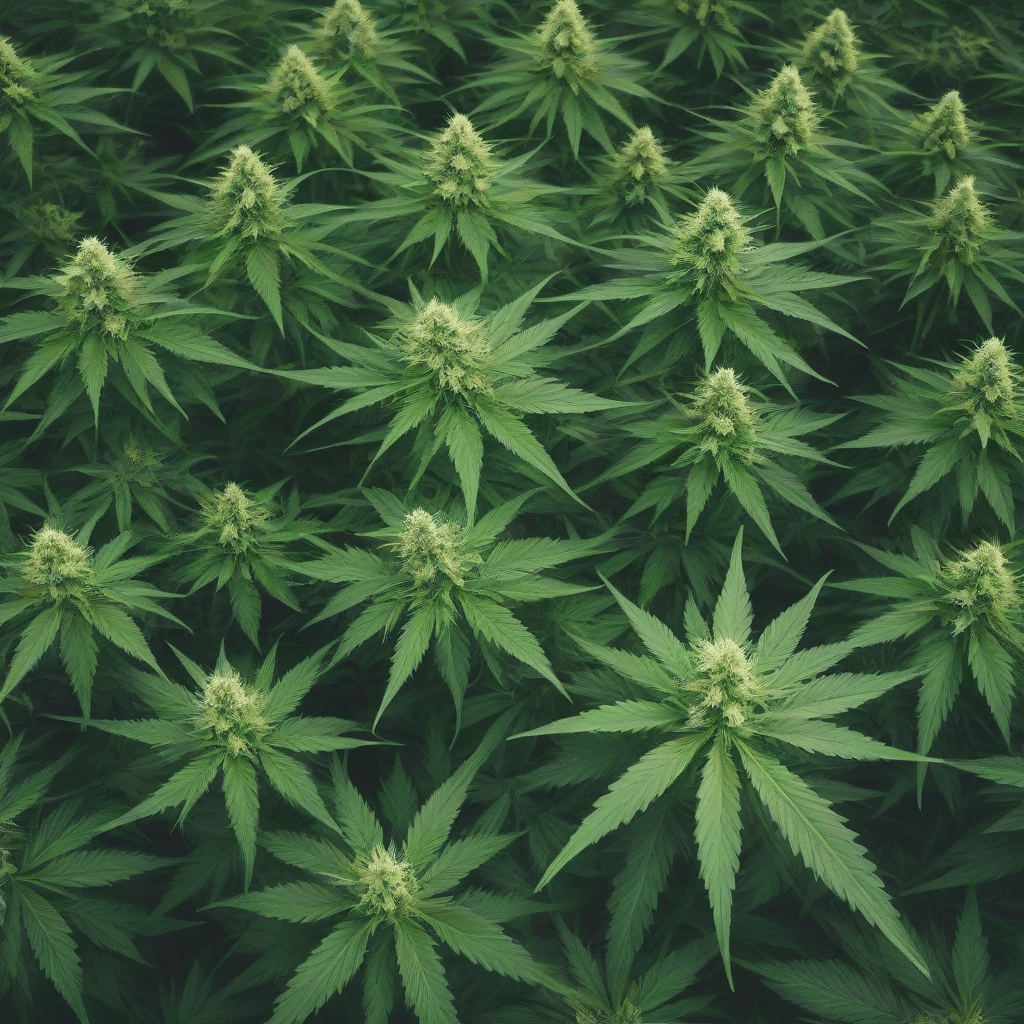Table of Contents
Harvesting cannabis at the right time is crucial to ensure the best possible potency, flavor, and overall quality of the final product.
Timing the harvest correctly allows growers to maximize the cannabinoid and terpene content of their plants, resulting in a more potent and flavorful end product. In this comprehensive guide, we will explore the factors that influence the timing of the cannabis harvest, as well as the signs that indicate when the plants are ready to be harvested.
Factors Influencing Harvest Time
Several factors influence the timing of the cannabis harvest, including the strain, growing environment, desired effects, and intended use of the plant. Understanding these factors can help growers determine the optimal time to harvest their plants for the best results.
- Strain: Different cannabis strains have different flowering times, ranging from 6 to 12 weeks or more. Indica strains typically have shorter flowering times than sativa strains, but this can vary depending on the specific genetics of the plant.
- Trichome Development: The most reliable way to determine harvest readiness is by examining the trichomes, tiny resin glands containing cannabinoids and terpenes. Trichomes change color as they mature, progressing from clear to cloudy to amber. The ideal time to harvest is when the trichomes are mostly cloudy, with some amber-colored trichomes indicating peak cannabinoid content.
- Pistil Color: Another indicator of harvest readiness is the color of the pistils, or hairs, on the flowers. The pistils will change from white to orange or brown during the flowering stage. When most pistils have changed color, the plant is nearing maturity.
- Desired Effects: The desired effects of cannabis can also influence the timing of the harvest. For example, if a more uplifting and energetic high is desired, the plant may be harvested earlier when the trichomes are mostly cloudy. If a more soothing and relaxing high is desired, the plant may mature further until more amber trichomes are present.
Signs of Harvest Readiness
Several signs indicate when cannabis plants are ready to be harvested:
- Trichome Color: As mentioned earlier, the color of the trichomes is a reliable indicator of harvest readiness. Harvest when the trichomes are mostly cloudy with some amber-colored trichomes for the best potency and flavor.
- Pistil Color: The color of the pistils can also indicate harvest readiness. When the majority of the pistils have changed color, the plant is nearing maturity.
- Flowering Time: Knowing the flowering time of the strain can help determine when to harvest. Most strains will have a recommended flowering time, but this can vary depending on the specific growing conditions.
- Bud Density: Fully mature buds will be dense and tightly packed, indicating that they are ready to be harvested.
Harvesting Techniques
Once the cannabis plants are ready to be harvested, there are several techniques that can be used to ensure a successful harvest:
- Selective Harvesting: Cannabis Harvesting individual buds as they reach maturity can help ensure a more even and consistent harvest.
- Whole Plant Harvesting: Harvesting the entire plant at once is another option, especially for smaller grows or when growing outdoors.
- Trimming: After harvesting, the buds will need to be trimmed to remove excess leaves and stems. This can be done by hand or with a trimming machine.
- Drying and Curing: After trimming, the buds should be dried and cured to improve flavor and potency. This process involves drying the buds slowly in a cool, dark place, then storing them in airtight containers to cure for several weeks.
Environmental Factors
Environmental factors can also play a role in determining the optimal time to harvest cannabis plants. Factors such as temperature, humidity, and light intensity can all impact the development of the plants and influence the timing of the harvest.
- Temperature: Cooler temperatures can slow down the maturation process of cannabis plants, while warmer temperatures can accelerate it. Maintaining a stable temperature range during the flowering stage is important to ensure consistent growth and development.
- Humidity: High humidity levels can increase the risk of mold and mildew growth on the buds, especially during the late flowering stage when the plants are most susceptible. It’s important to monitor humidity levels closely and take steps to reduce them if necessary.
- Light Intensity: As the plants approach maturity, reducing the light intensity can help encourage the production of trichomes and cannabinoids, leading to a more potent end product. Some growers switch to a lower wattage or dimmer light during the final weeks of flowering to achieve this effect.
Conclusion
Timing the harvest of cannabis plants is a critical step in the cultivation process that can significantly impact the quality and potency of the final product.
By understanding the factors influencing harvest timing and the signs of harvest readiness, growers can ensure a successful harvest and enjoy a high-quality end product.


